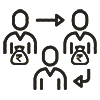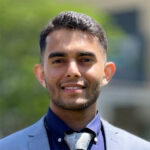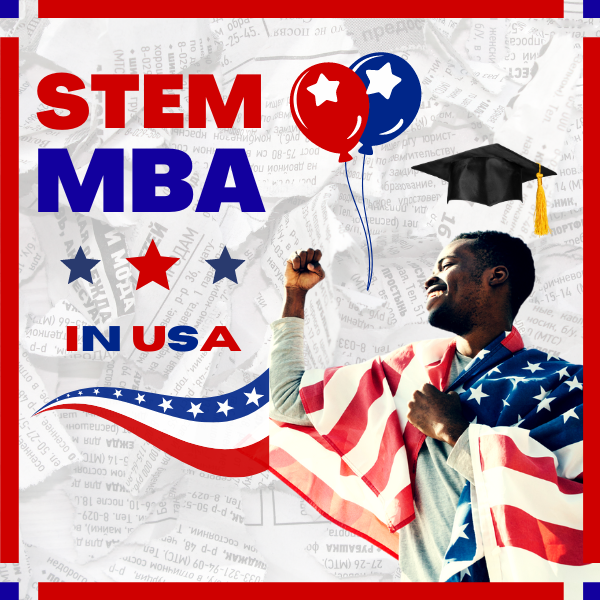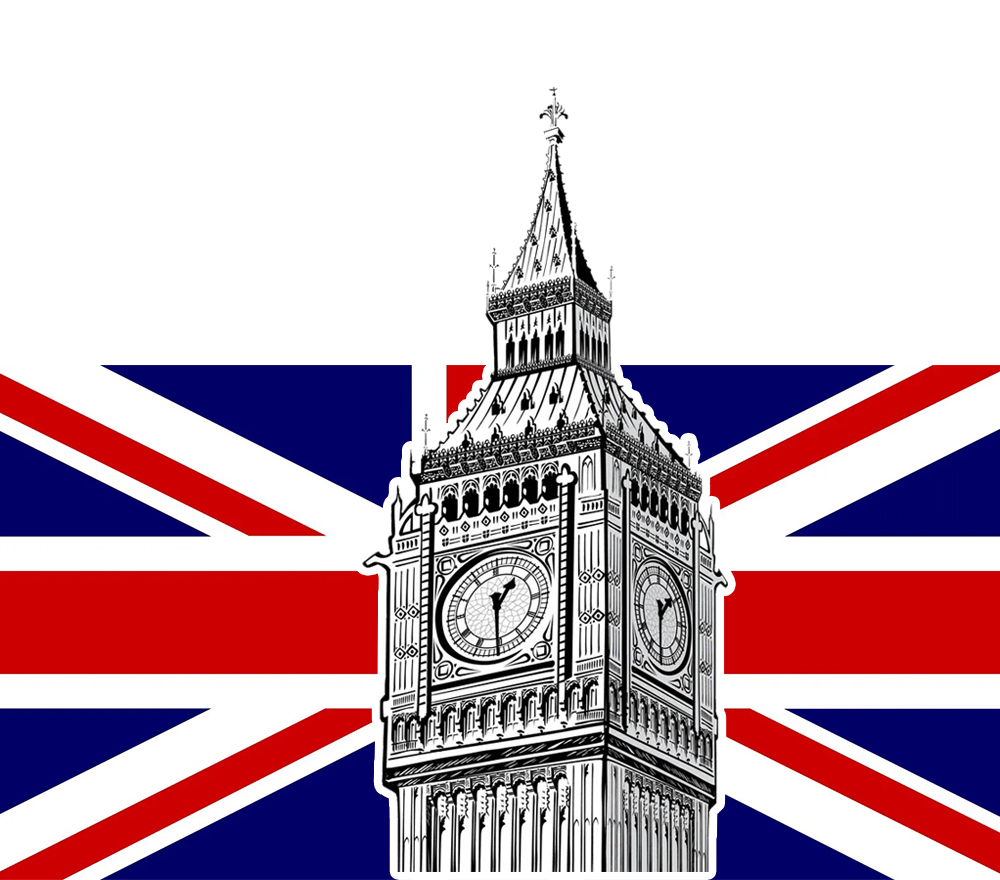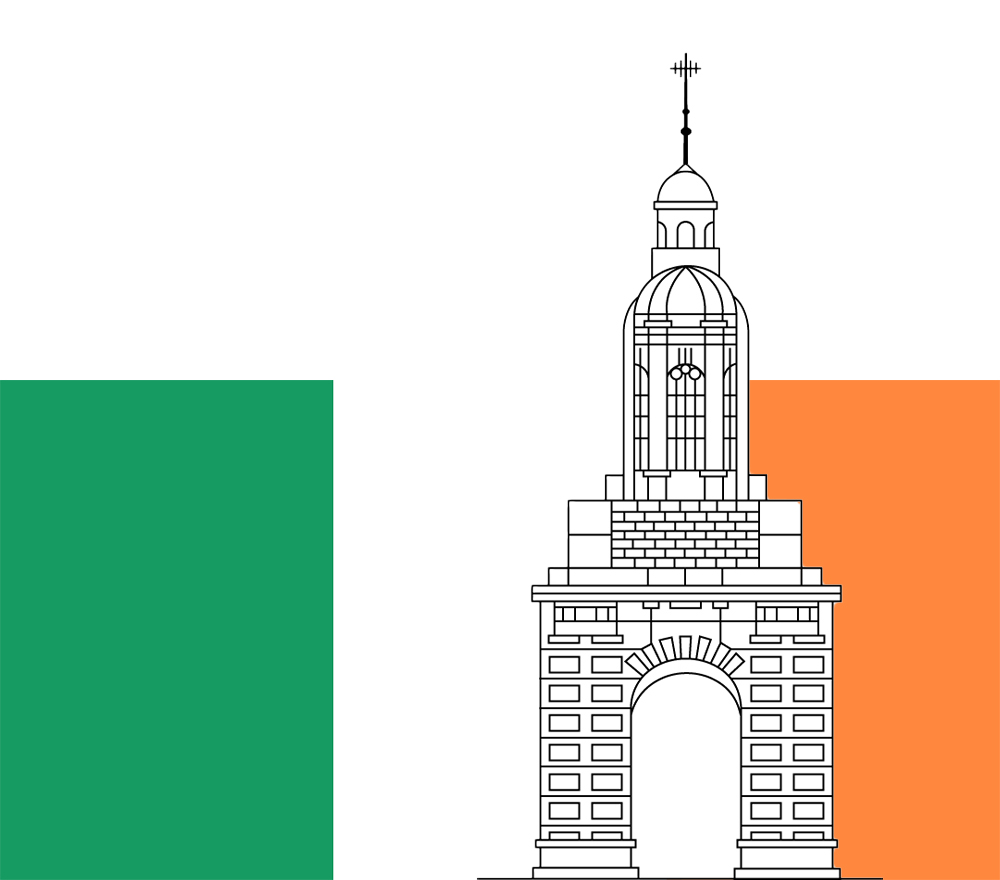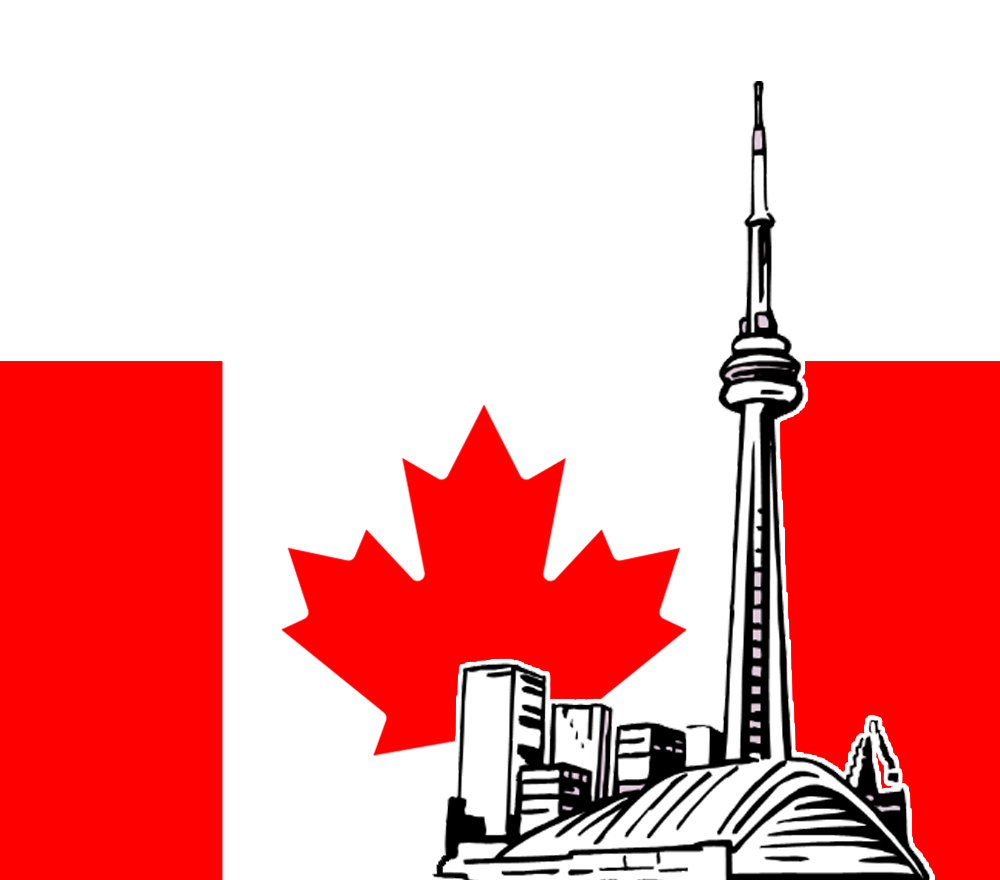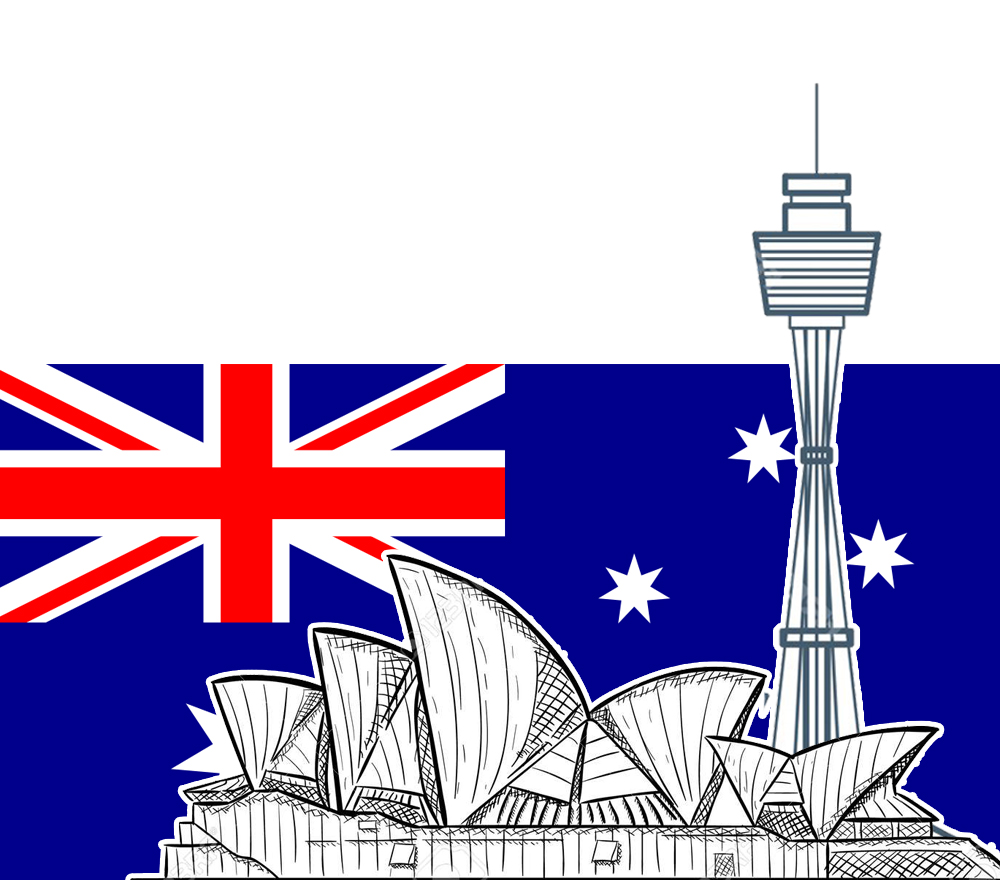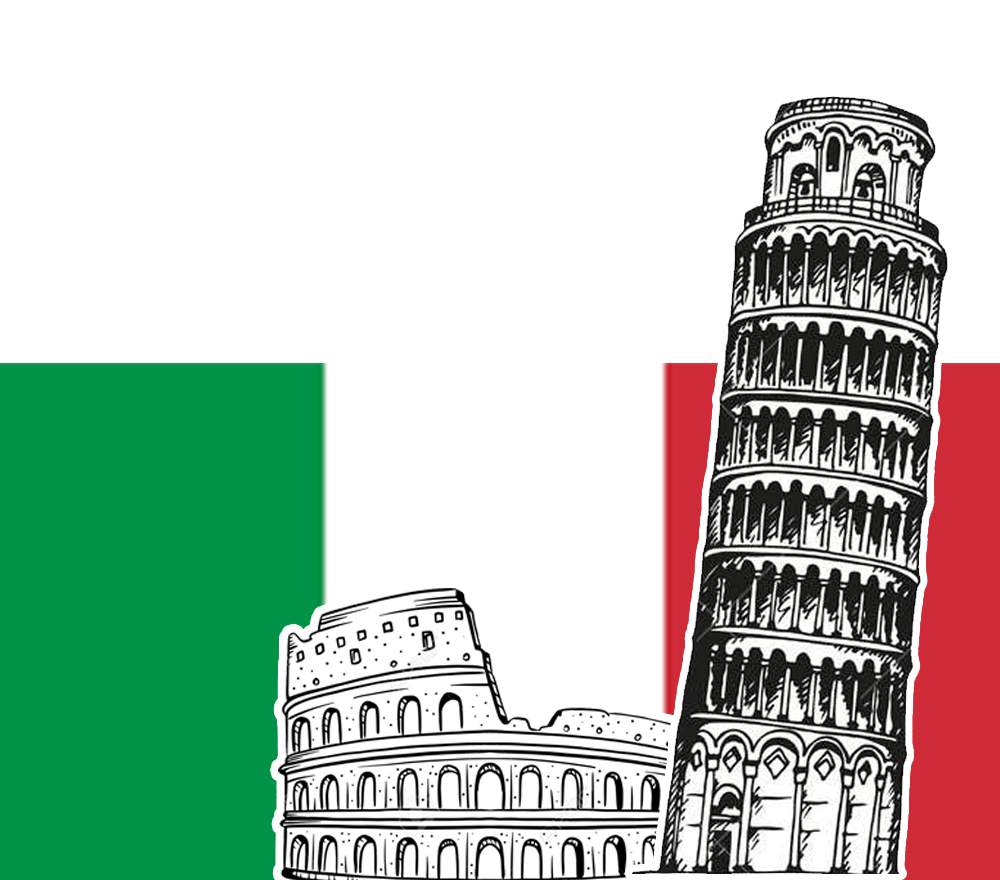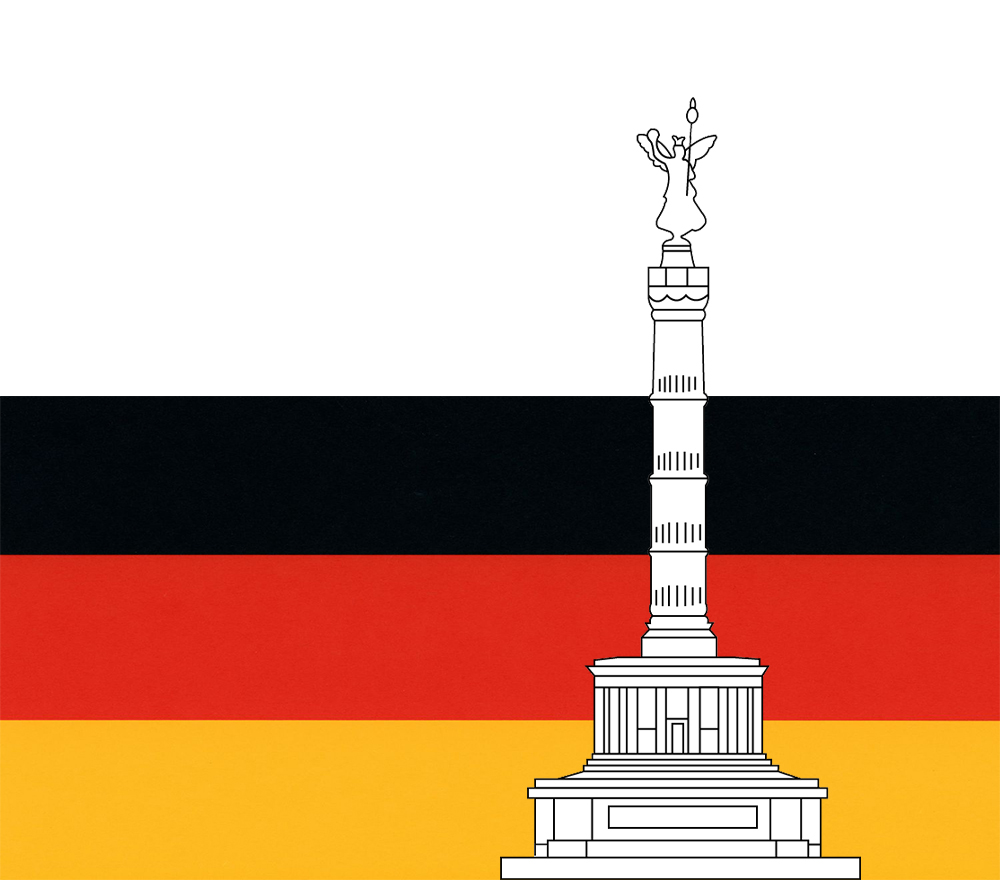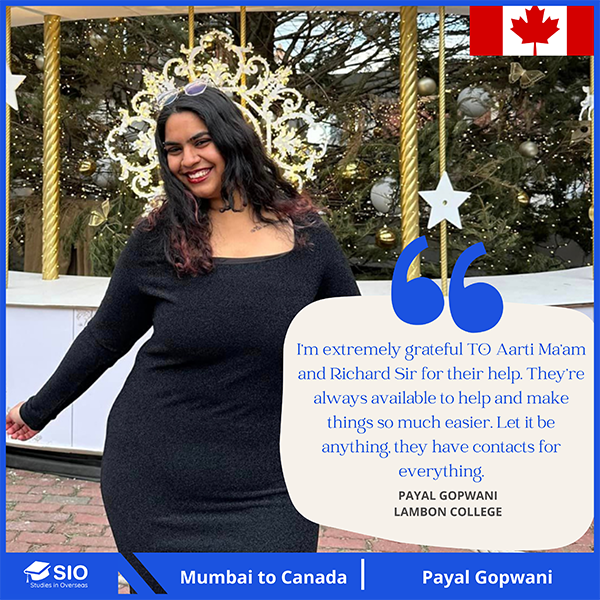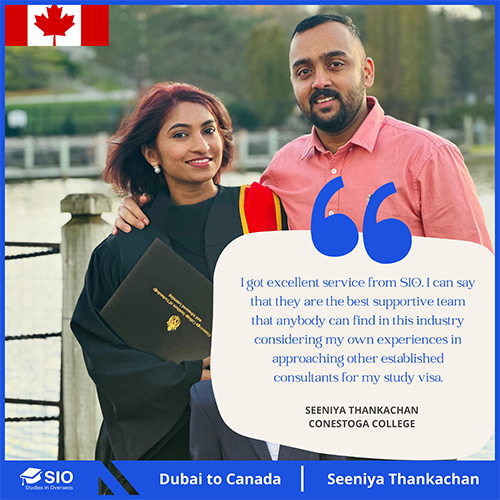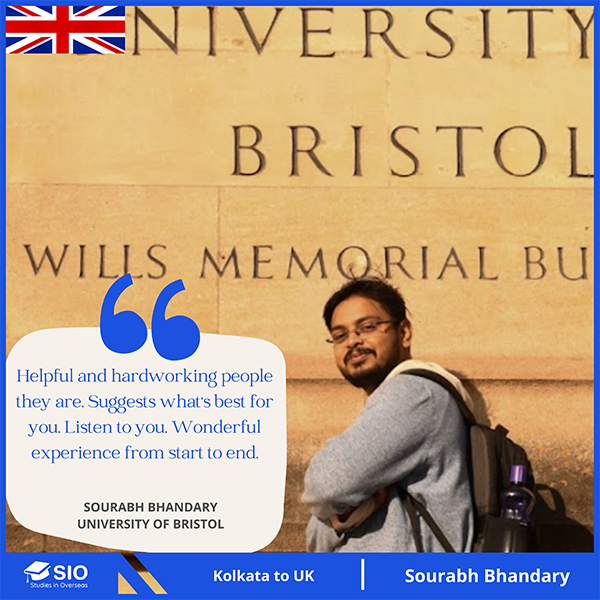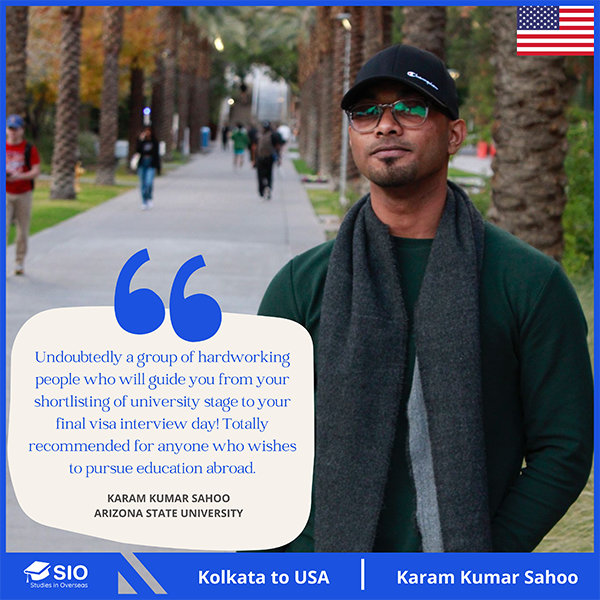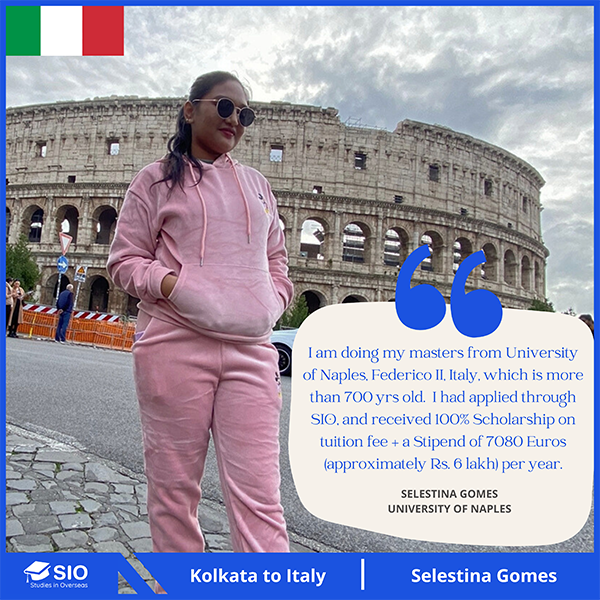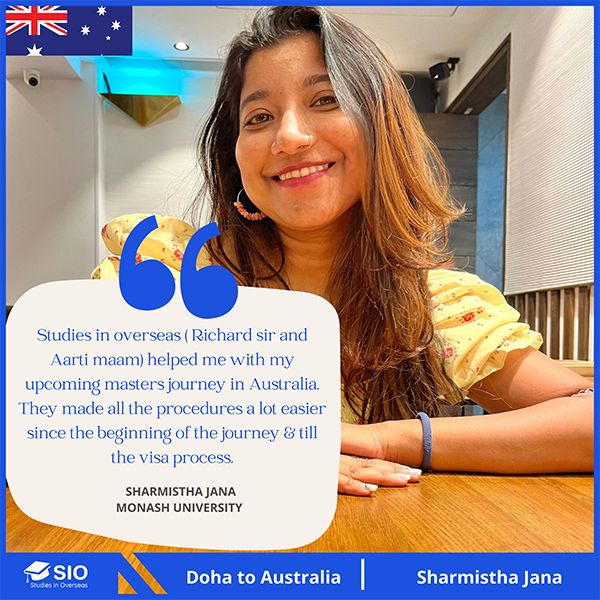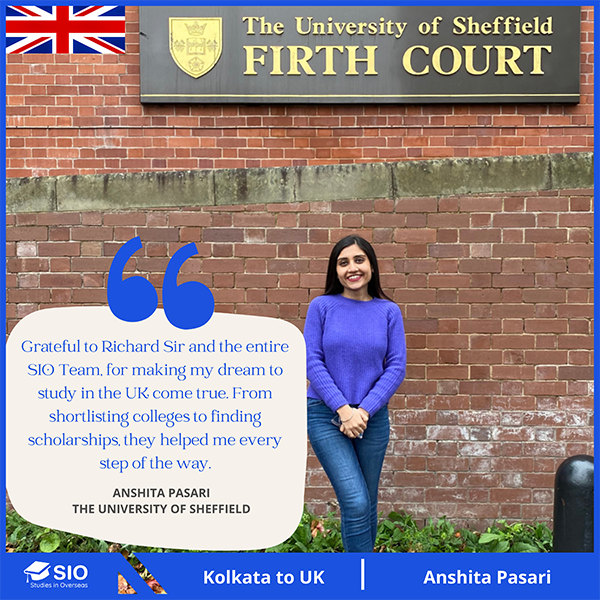Why Study in the USA?
The USA is home to 26 of the world’s top 100 ranked universities, according to the QS World University Rankings 2026. In every study discipline, the USA universities are among the leading universities in the world. It is the home to the prestigious research-intensive Ivy League Universities. The USA stands as the epitome of modernity and technological progress, with cutting-edge research opportunities, and the vibrant campus life. So study in the USA: Your Gateway to World-Class Education and Live the American Dream.
Send your inquiry. We will contact you as soon as possible.
10 REASONS TO STUDY IN THE USA?
- High-ranked Universities:26 of the world’s top 100 ranked universities are in the USA (QS World University Rankings 2026).
- Best student cities:11 of the world’s top 100 ranked best student cities are in the USA (QS Best Student Cities 2026).
- Research opportunities: The USA leads the world in scientific research and technological progress, and produces world’s most frequently cited papers.
- Easy entry criteria: Opportunities available to study in very high ranked universities in low academic scores through pathway programs
- Easy IELTS/TOEFL/PTE requirement: Admissions possible in low IELTS/TOEFL/PTE score. Many universities consider overall English proficiency score and not the sub scores.
- Flexible GRE/GMAT requirement:High ranked university options available even without GRE/GMAT scores.
- High backlogs acceptable:High ranked university options available even with high number of backlogs.
- Scholarships and Bursaries: The USA universities offer numerous Scholarships and Bursaries to international students.
- Curricular Practice Training (CPT): During study, Bachelors and Masters Students can gain hands on work experience through Curricular Practice Training (CPT).
- Optional Practice Training (OPT):After study, students can avail up to 3 years of Post-Study Work Visa, commonly known as OPT.
POPULAR UNIVERSITIES WHERE WE CAN GET YOU PLACED
Rankings as per QS World University Rankings 2025

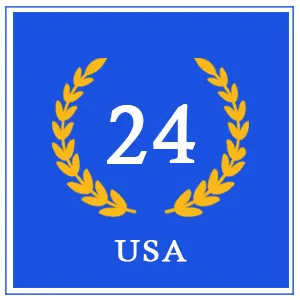
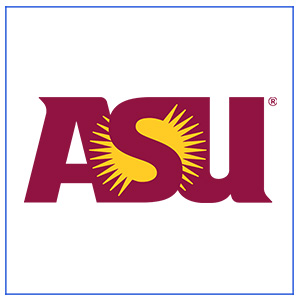


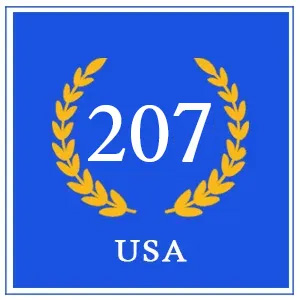
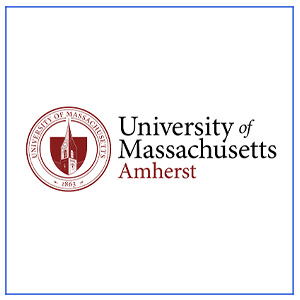
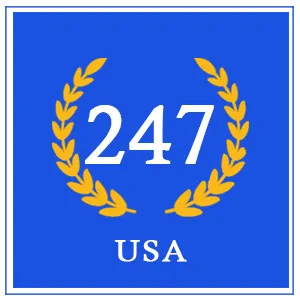
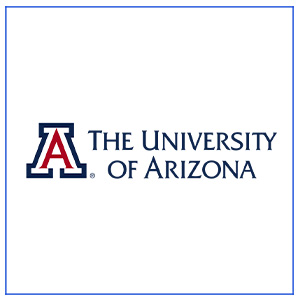




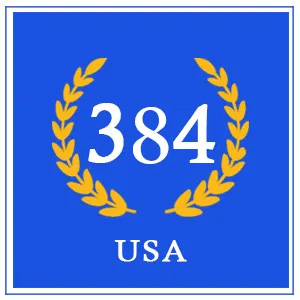
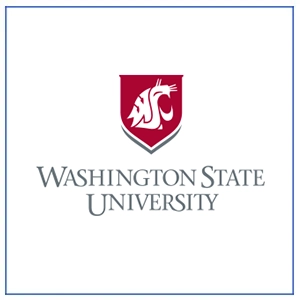

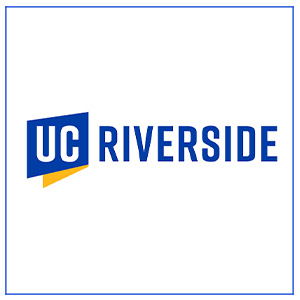

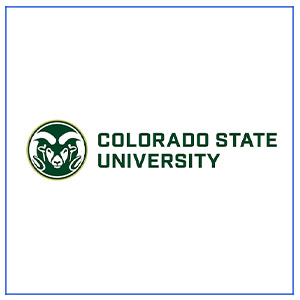

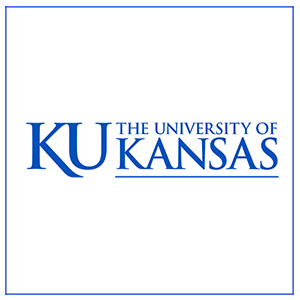


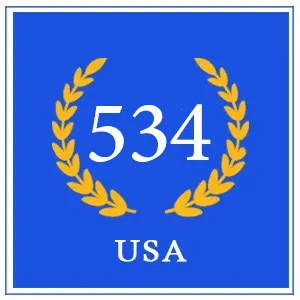
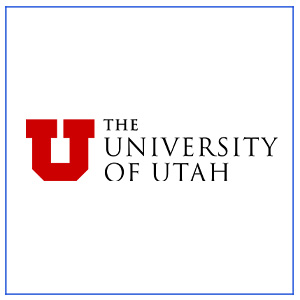
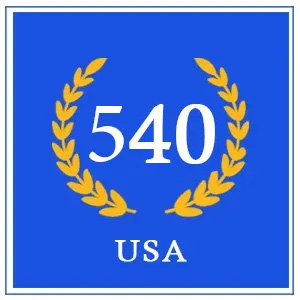
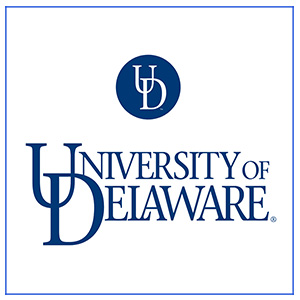


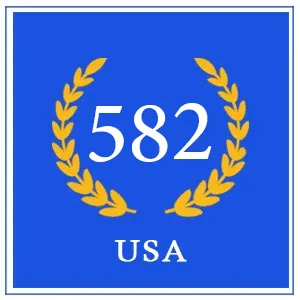
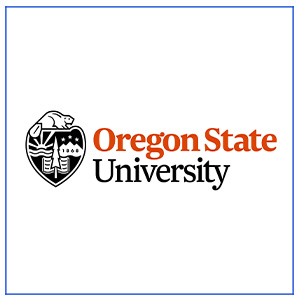
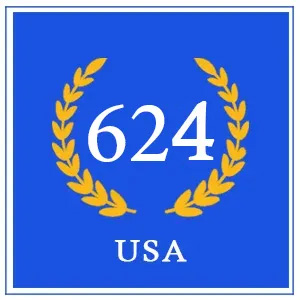



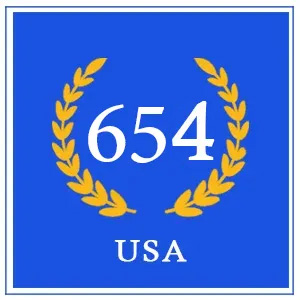

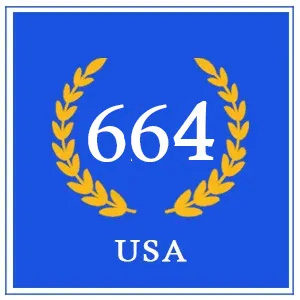

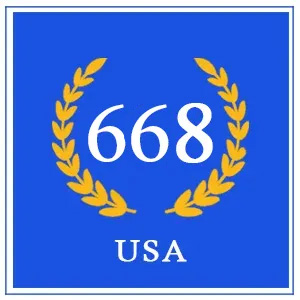


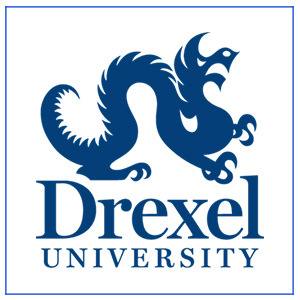
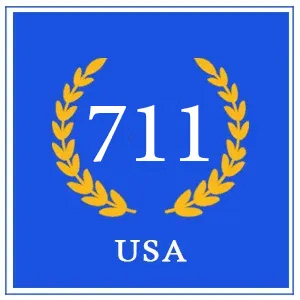




TOP 10 POPULAR COURSES IN THE USA
 Business and Management Studies: MBA, International Business, Analytics, Investment Banking, Finance, Supply Chain, Operations, Marketing, Human Resources
Business and Management Studies: MBA, International Business, Analytics, Investment Banking, Finance, Supply Chain, Operations, Marketing, Human Resources Engineering: Automotive, Aeronautics, Electrical, Electronics, Chemical, Civil, Mechanical, Biomedical, Metallurgy, Nuclear Energy
Engineering: Automotive, Aeronautics, Electrical, Electronics, Chemical, Civil, Mechanical, Biomedical, Metallurgy, Nuclear Energy Computer Science and Information Technology: Artificial Intelligence, Data Science, Cyber Security, Software Engineering, Multimedia, Game Design, Web Design
Computer Science and Information Technology: Artificial Intelligence, Data Science, Cyber Security, Software Engineering, Multimedia, Game Design, Web Design Medicine and Healthcare: Medicine, Nursing, Neuroscience, Biomedical, Biotechnology, Microbiology, Virology, Genetics, Public Health, Nutrition
Medicine and Healthcare: Medicine, Nursing, Neuroscience, Biomedical, Biotechnology, Microbiology, Virology, Genetics, Public Health, Nutrition Law: LLB, LLM, International Law, Business Law, Intellectual Property Rights, Human Rights, Criminology, Forensic Science
Law: LLB, LLM, International Law, Business Law, Intellectual Property Rights, Human Rights, Criminology, Forensic Science
 Social Sciences: Anthropology, Psychology, Sociology, Social Work, Child Care, Youth Worker, International Relations, Political Science
Social Sciences: Anthropology, Psychology, Sociology, Social Work, Child Care, Youth Worker, International Relations, Political Science Art and Design: Fine Arts, Visual Arts, Film Studies, Animation, Humanities, Literature, Architecture, Interior Design, Fashion Design
Art and Design: Fine Arts, Visual Arts, Film Studies, Animation, Humanities, Literature, Architecture, Interior Design, Fashion Design Environmental Science: Sustainability, Environmental Science, Renewable Energy and Materials, Water Resources, Wildlife Ecosystem, Conservation
Environmental Science: Sustainability, Environmental Science, Renewable Energy and Materials, Water Resources, Wildlife Ecosystem, Conservation Tourism and Hospitality: Aviation, Tourism, Culinary Art, Travel and Tourism, Wine and Beverages, Massage Therapy, Hospitality Management
Tourism and Hospitality: Aviation, Tourism, Culinary Art, Travel and Tourism, Wine and Beverages, Massage Therapy, Hospitality Management Media and Communication: Advertising, Journalism, Broadcasting Journalism, Digital Media, Social Media, Mass Communication, Technical Communication
Media and Communication: Advertising, Journalism, Broadcasting Journalism, Digital Media, Social Media, Mass Communication, Technical Communication
WHY SHOULD YOU CHOOSE STUDIES IN OVERSEAS (SIO)
As your Study in the USA Consultant?


FREE Services


220+ Universities


Financial Assistance


Personalized Care


Transparent Visa Filing


Student Connect
TESTIMONIALS
What Our Students Say
I had the most incredible experience working with SIO, all thanks to my counselors Richard Sir and Sonali Ma’am! From the very beginning, they displayed a level of professionalism and dedication that truly set them apart. Right from our initial meeting, Ma’am attentively listened to my aspirations, academic goals, and preferences. They carefully considered all these factors while suggesting suitable study abroad programs. Their knowledge of various destinations and universities was impressive, and they provided me with an extensive range of options. Throughout the application process, Sir and Ma’am offered personalized assistance, ensuring that all my documents were in order, and my applications were submitted well before deadlines. I would suggest anyone looking for a study abroad counselor in Kolkata to ring them and give it a shot for the smoothest and best experience. Thanks a lot SIO.
FREQUENTLY ASKED QUESTIONS
The process of obtaining a student visa involves several steps:
Offer Letter: Obtain an offer letter from a SEVP-approved university.
Get I-20: Make initial tuition fee deposit and receive I-20 from your university.
Visa Application: Complete the DS-160 form online.
Schedule Interview: Schedule your Biometric & Visa interview dates online and pay 185 US$.
Pay SEVIS Fee: Pay the SEVIS I-901 fee of 350 US$
Visa Interview: Attend your scheduled visa interview at the U.S. embassy or consulate. Bring required documents, including the Form I-20, passport, academic documents, work experience documents, financial proof, and visa appointment confirmation.
Approval: If approved, the consular officer will inform you about when and how you will receive your visa.
Curricular Practical Training (CPT) is a program that allows eligible international students in the United States on F-1 visas to engage in practical training related to their field of study as an integral part of their curriculum. CPT is available to both Bachelor’s and Master’s degree students, but there are specific conditions and requirements that students must meet for participation:
Enrollment Requirement:
You must be a full-time student in good academic standing to be eligible for CPT.
Undergraduate (Bachelor’s) Students: Generally, you must have completed at least one full academic year (two semesters) of study before becoming eligible for CPT. Some schools may have variations in this requirement, so it’s important to check with your Designated School Official (DSO) for your specific school’s policy.
Graduate (Master’s) Students: Graduate students can typically apply for CPT as soon as they begin their program, provided it’s part of their curriculum.
Curriculum Requirement:
CPT employment must be directly related to your major field of study and an integral part of your established curriculum. You will need to obtain an offer of employment that qualifies as CPT and get it approved by your DSO.
Authorization from DSO:
Before you can engage in CPT, you must receive written authorization from your DSO (Designated School Official) on your Form I-20. Your DSO will evaluate your eligibility and ensure that the CPT is appropriate for your academic program.
Limited Duration:
CPT can be either part-time (up to 20 hours per week) during the academic year or full-time (more than 20 hours per week) during official school breaks (e.g., summer vacation). There is no annual limit on CPT, but engaging in 12 months or more of full-time CPT can impact your eligibility for Optional Practical Training (OPT).
It’s important to consult with your DSO and your school’s international student office for specific guidance and requirements related to CPT at your institution, as policies can vary from one school to another. Additionally, maintaining your F-1 visa status is crucial while participating in CPT. Violating the terms and conditions of CPT could have serious immigration consequences.
STEM stands for Science, Technology, Engineering, and Mathematics. STEM fields are known for their emphasis on problem-solving, critical thinking, and innovation, and they are considered crucial for technological advancements and economic growth.
In the context of international students in the USA, STEM plays a significant role in the Optional Practical Training (OPT) program. OPT is a program that allows eligible international students in the United States on F-1 visas to work in their field of study for a specified period after completing their degree. The primary goal of OPT is to provide practical training and work experience related to the student’s major area of study.
The duration of OPT can vary for STEM and non-STEM students:
Non-STEM Students:
Non-STEM students are typically eligible for an initial period of 12 months of OPT after completing their degree program.
STEM students are eligible for an initial period of 12 months of OPT after completing their degree program, just like non-STEM students.However, the significant advantage for STEM students is that they can apply for a 24-month STEM OPT extension, which extends their total OPT period to 36 months (12 months initial OPT + 24 months STEM OPT extension).
It’s important to note that OPT regulations and policies can change, so it’s advisable for international students to consult with their Designated School Official (DSO) or the U.S. Citizenship and Immigration Services (USCIS) for the most up-to-date information and guidance regarding OPT and STEM OPT extensions.
While MBA programs in the USA isgenerally considered a non-STEM course, however MBA programs with specialization in Business Analytics, Finance, MSITM, Marketing Analytics, Project Management, or Supply Chain Management may be considered a STEM course.
Some high-ranked universities offering STEM-MBA are: Arizona State University, Colorado State University, University of California, University of New Mexico, and Illinois State University.
The H-1B visa is a non-immigrant visa category in the United States that allows U.S. employers to temporarily employ foreign workers in specialty occupations. It is one of the most sought-after work visas in the United States due to several reasons:
Professional Opportunities: The H-1B visa is primarily intended for highly skilled foreign workers in specialty occupations, including fields like information technology, engineering, healthcare, finance, and more. It provides an opportunity for individuals with specialized knowledge and expertise to work in the U.S.
Competitive Salaries: Employers who hire H-1B workers are required to pay them prevailing wages, which are typically competitive salaries. The H-1B non-immigrant, whether full-time or part-time, must actually receive hourly wages or an annual salary totalling at least $60,000 in the calendar year.
Dependents’ Visas: H-1B visa holders can often bring their spouse and children to the U.S. on dependent visas (H-4 visas). Dependents can accompany the primary H-1B visa holder and may be eligible to work in the U.S. under certain circumstances.
Duration of Stay: Initially, H-1B visa holders are granted up to three years of stay, with the possibility of extensions for up to a total of six years. In certain cases, extensions beyond the six-year limit are possible if the individual is in the process of obtaining permanent residency.
Path to Permanent Residency: Many H-1B visa holders view it as a potential pathway to permanent residency (Green Card) in the United States. While the H-1B visa itself is a non-immigrant visa, it can be a stepping stone toward obtaining a Green Card through employment-based immigration categories.
Due to its popularity and the limited number of H-1B visas available each fiscal year, obtaining an H-1B visa can be highly competitive. The U.S. government imposes an annual cap on the number of new H-1B visas issued, which can make it challenging for applicants to secure one. As a result, the H-1B visa program is subject to an annual lottery system, and many qualified applicants may not receive visas due to the high demand. This makes it even more sought after among international professionals seeking employment opportunities in the United States.
EXPLORE MORE COUNTRIES
Where do you want to study?


